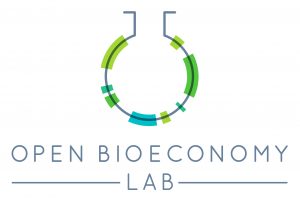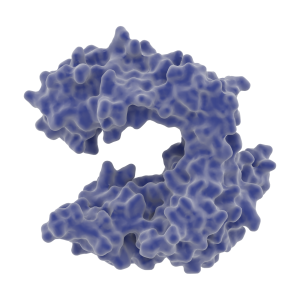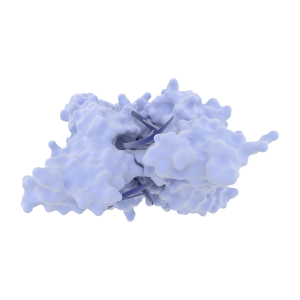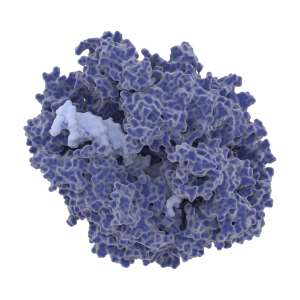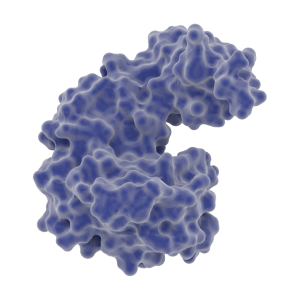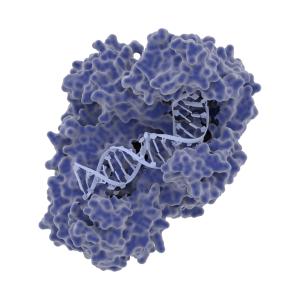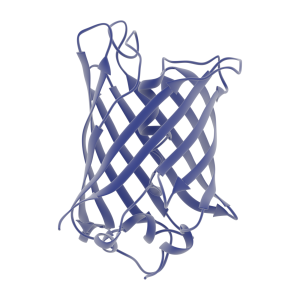Open Enzyme Collection
The Open Enzyme Collection consists of essential enzymes that are workhorses of molecular biology and are commonly used in labs for techniques involving detecting, altering and manipulating DNA. The collection is codon-optimised for expression in Escherichia coli bacteria and all enzymes were obtained from expired patents or for various reasons are not encumbered by patent rights. We have also produced special collections of Open Reporters, Regulatory Elements and a Research in Diagnostics Collection tailored to the needs of groups developing molecular diagnostics.
The Open Enzyme Collection (Part 1) consists of 42 essential enzymes that are workhorses of molecular biology and are commonly used in labs for techniques involving detecting, altering and manipulating DNA. They are useful to researchers in both basic and applied fields as diverse as genomics, diagnostics, biodiversity, synthetic biology, DNA origami, immunology, biochemistry and more. The foundational technologies enabled by this collection of DNA polymerases, RNA polymerases, DNA ligases, reverse transcriptases and restriction enzymes includes polymerase chain reaction (PCR), cloning, isothermal amplification, reverse transcription of RNA into DNA and other methods on which the field of molecular biology has been built.
The collection is codon-optimised for expression in Escherichia coli bacteria and all enzymes were obtained from expired patents or for various reasons are not encumbered by patent rights.
What can the collection be used for?
Researchers can use the collection as the basis of manufacturing their own enzymes by cloning them into an expression vector of their choice and then transforming into E. coli bacteria. This can help reduce lab costs and overcome supply chain issues, particularly in areas of the world where enzymes are harder to obtain. The enzymes can also be used as a base to improve functionality or add new functions through genetic engineering and directed evolution.
The Open Enzyme Collection (Part 2) builds on the earlier collection of essential molecular biology enzymes in OE1 by expanding to include more specialised tools that are less common but still very important in core molecular biology techniques such as restriction-ligation and DNA assembly, genome engineering in bacteria, advanced cloning techniques, amplification of difficult sequences and more.
For example, it contains restriction enzymes that are used in assembly of DNA parts by many synthetic biology labs (such as GoldenGate and BioBricks type assemblies). It also contains enzymes for high fidelity isothermal and PCR-based amplification of DNA, cutting back and sticking together DNA, making dNTPs (the building blocks of DNA), fixing damaged and degraded DNA prior to amplification and cutting protein sequences to remove unwanted parts. Additionally, it also contains DNA-binding proteins that can be fused with other enzymes to improve their functionality.
What can the collection be used for?
Researchers who need extended functionality for specialised molecular biology techniques can use the collection as the basis of manufacturing their own enzymes by cloning them into an expression vector of their choice and then transforming into E. coli bacteria. This can help reduce lab costs and overcome supply chain issues, particularly in areas of the world where enzymes are harder to obtain. The enzymes can also be used as a base to improve functionality or add new functions through genetic engineering and directed evolution.
The Open Reporter Collection includes 42 commonly used reporter genes used in all kinds of biology labs for a variety of techniques including measuring gene expression, diagnostics, verifying successful transformations and more. The collection includes chromoproteins (which produce a colour that is visible to the naked eye), fluorescent proteins (that require excitation by a certain wavelength of light and emit another wavelength), luciferases (which emit bioluminscence) and other enzymes that enable colorimetric detection of a substrate by changing its colour, for example horseradish peroxidase which classically turns a chemical substrate bright pink in very common antibody-based assays such as ELISA.
The button above takes you to Free Genes to request the collection of DNA parts and sign an OpenMTA implementing letter.
Note that your organisation must have signed the OpenMTA Master Agreement first!
Gene Regulation (Coming Soon)

